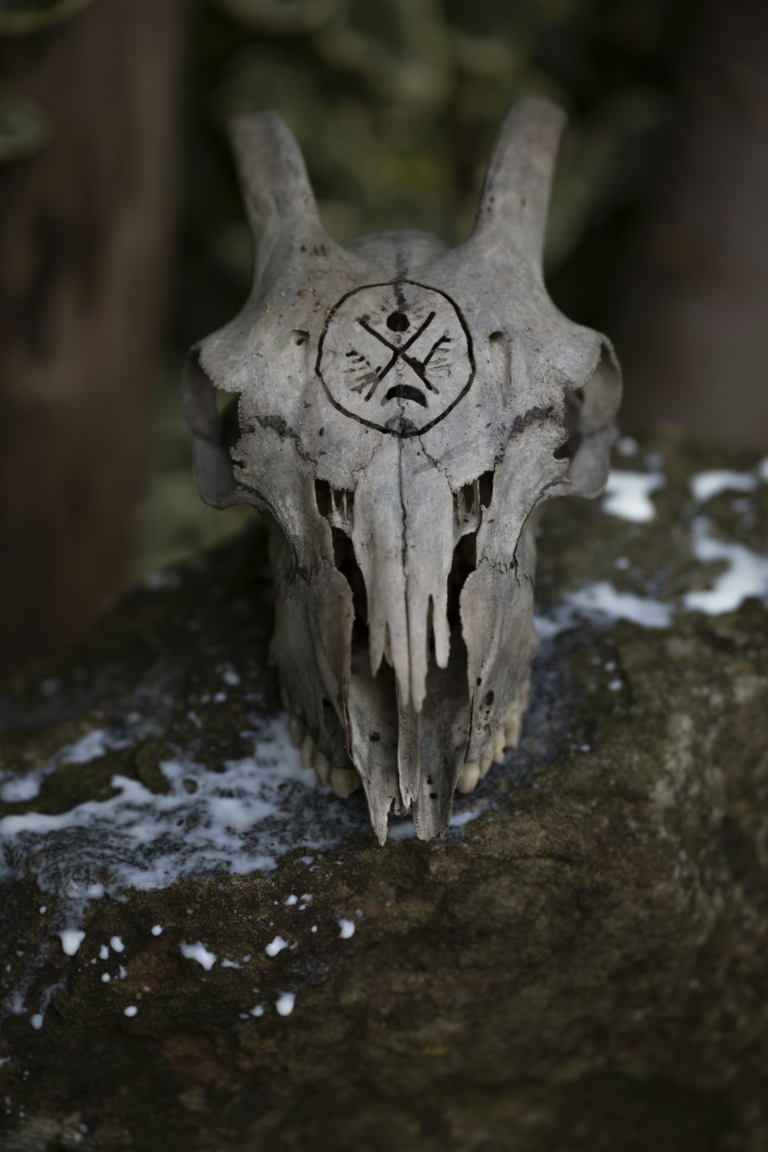
Newsletter Subscribe
Enter your email address below and subscribe to our newsletter

Enter your email address below and subscribe to our newsletter


Exploring Scottish Folk Practices and Traditions

Deforestation is a global problem. One caused by human action – a tiny fraction of our native forests remain in Scotland. Human connection to the history of deforestation in Scotland is complex. Every now and again, when you saunter amongst…
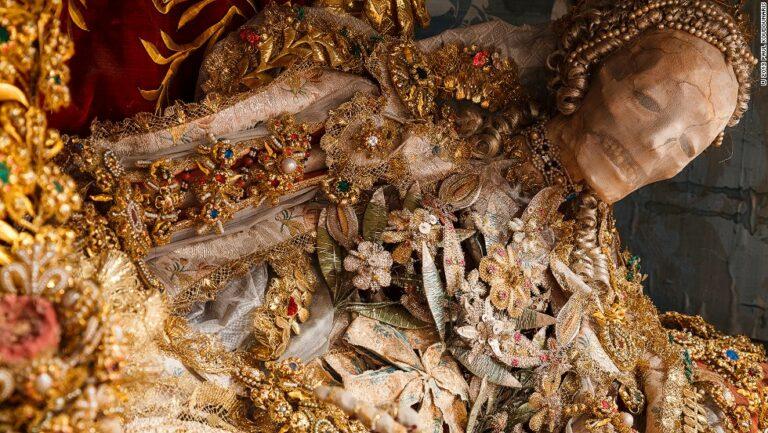
I’ve been struggling with ideas of Scottish appropriation from our culture for a while now. Some of you may have read Saining Not Smudging. This article explored it in reverse light really. Sadly a lot of hate mail was received…
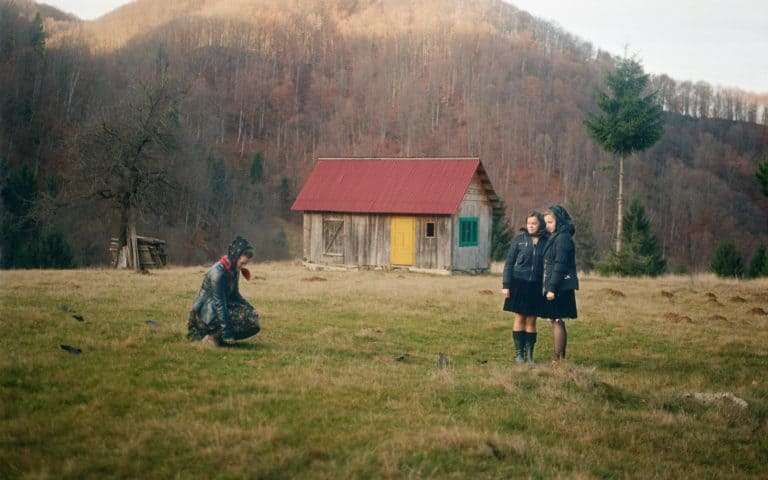
Ah, the joy of another birthday. This one is a significant milestone. It comes with thoughts on mortality, “time is running out”, the brain says, “there is plenty more time” the heart says, “maybe do more exercise” the body says.…
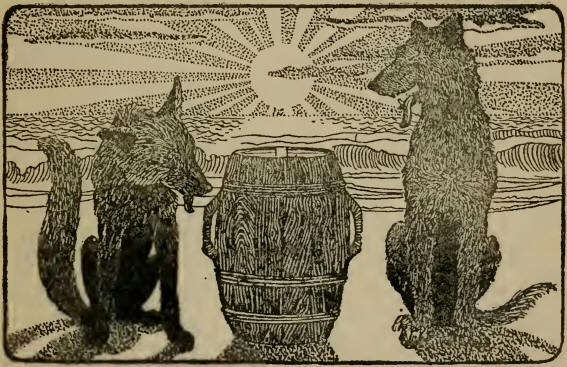
It’s the time of year when we are around family and we celebrate the holidays and the winter moves in. As the winter comes fast and hard we huddle with our nearest and dearest and folk we might not have seen for…

Recordings of a radio show about the Lore of the land, discussing folk lore and tales of the land in and around the UK, including Scotland.

The Cailleach is a very interesting figure in Gaelic even possibly Celtic myth and beyond.The above video represents some of the Cailleach’s folk stories, the first about the priest who tries to count the bones in her house and dies of…
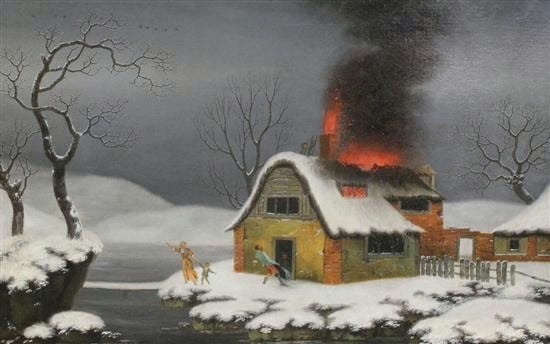
On my travels through both life, herbalism and academia I have the pleasure of meeting a lot of people, on the whole everyone is delightful, down to earth, filled with wit and mirth, splashes of brilliance and amazing to be around, but there is on occasion, a time when you meet someone who makes such haughty claims to things mundane, that i just can't help to ...